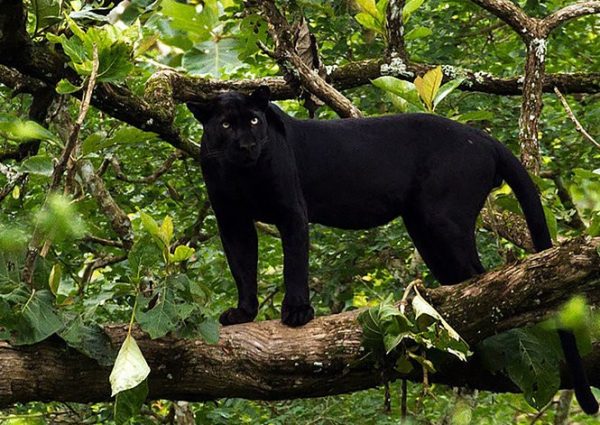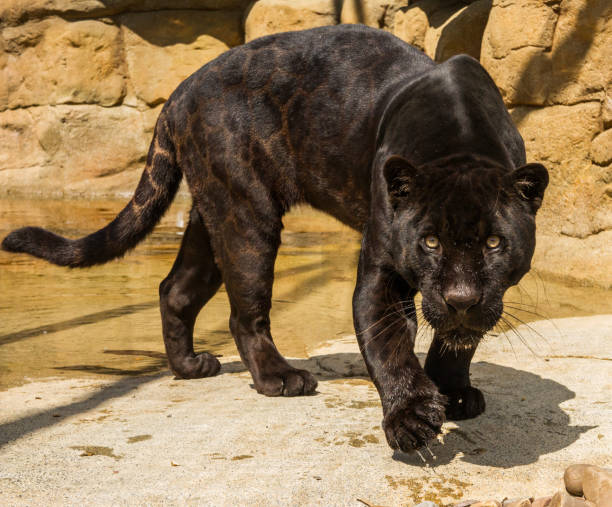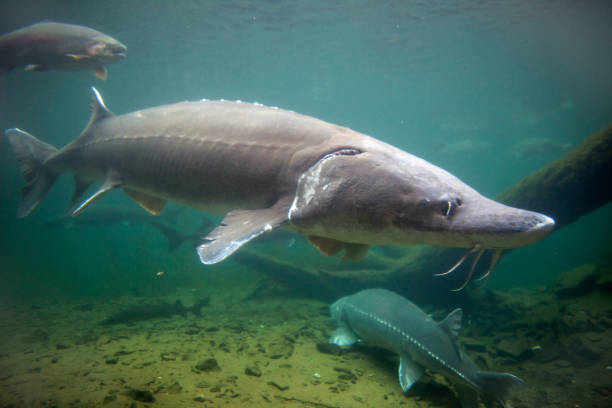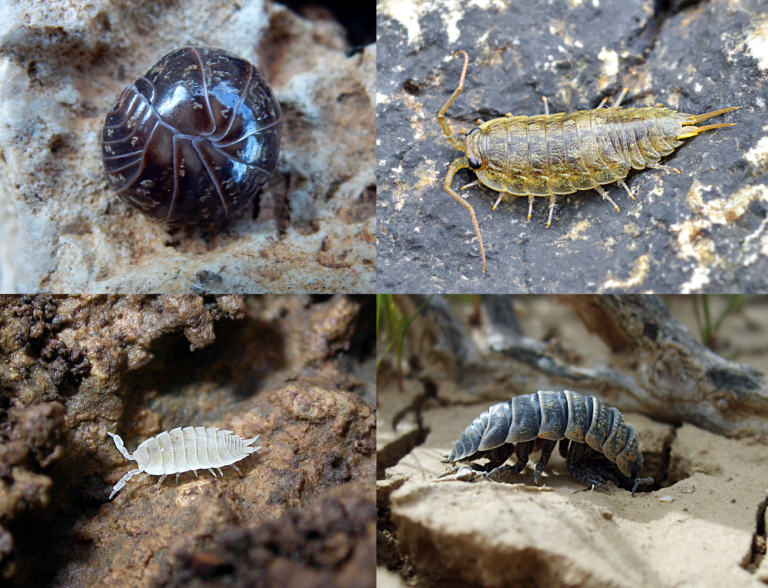The Alluring Semi-Melanistic Leopard: Nature’s Unique Beauty
The semi-melanistic leopard is a striking variation of the well-known leopard, showcasing a captivating blend of typical leopard spots and dark, almost solid coloring. This unique coloration makes these leopards fascinating subjects for wildlife enthusiasts and researchers alike. Let’s delve into some interesting facts about semi-melanistic leopards.

1. Understanding Semi-Melanism
Semi-melanism is a genetic variation that results in a darker coat than the typical leopard. While fully melanistic leopards, often referred to as “black panthers,” exhibit a nearly solid black coat, semi-melanistic leopards retain some of the characteristic spots, albeit less distinct. This unique combination provides them with a striking appearance that differs from their more commonly spotted relatives.
2. Rarity in the Wild
Semi-melanistic leopards are quite rare in the wild, making them an intriguing subject for conservationists and wildlife photographers. Their unique coloring may provide some advantages, such as improved camouflage in certain environments, particularly in dense forests where shadows play a significant role in their hunting strategy.
3. Adaptation and Survival
The darker coat of semi-melanistic leopards may offer advantages in specific habitats. In dense foliage, their coloration can help them blend in more effectively, aiding in stalking prey and avoiding detection by potential threats. This adaptability showcases the incredible evolutionary traits of leopards.
4. Geographic Distribution
Semi-melanistic leopards are primarily found in regions where the leopard population is diverse, such as sub-Saharan Africa and parts of Asia. Their specific habitat preferences can vary, but they often thrive in forested areas and grasslands, which provide ample cover and hunting opportunities.

5. Behavior and Social Structure
Like their more common counterparts, semi-melanistic leopards are solitary animals. They are known for their stealth and cunning, relying on their keen senses to hunt and navigate their territory. These leopards are also excellent climbers, often dragging their prey up into trees to keep it safe from scavengers.
6. Conservation Status
Leopards, including semi-melanistic variants, face threats from habitat loss, poaching, and human-wildlife conflict. Conservation efforts are crucial for ensuring the survival of these magnificent creatures. Protecting their natural habitats and implementing measures to reduce human impact are vital for the future of leopards.
Conclusion
The semi-melanistic leopard is a stunning example of nature’s diversity and adaptability. With their unique coloring and behavior, these leopards remind us of the intricate beauty of wildlife and the importance of conservation efforts. As we continue to study and appreciate these remarkable animals, we gain a deeper understanding of the delicate balance of ecosystems and the need to protect them.






